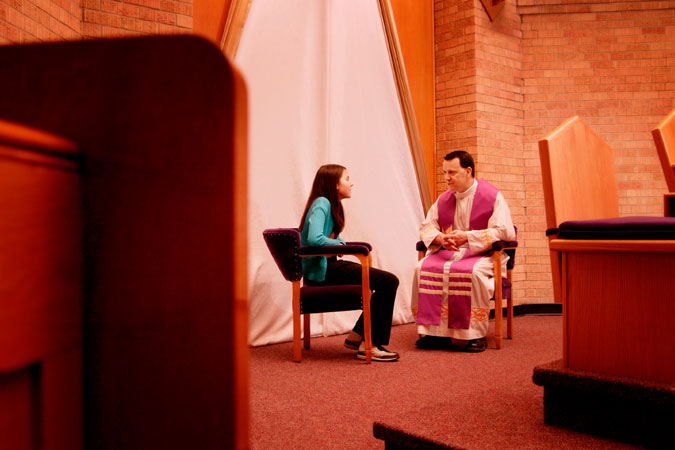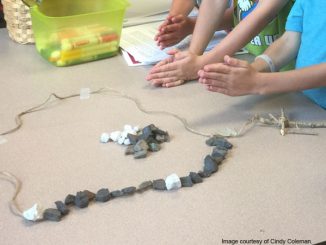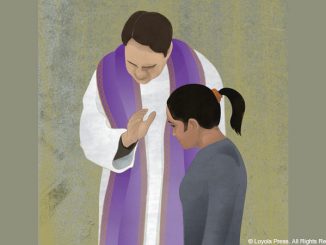
Once or twice a year all the children in our parish religious education program celebrate the Sacrament of Penance and Reconciliation during class time. For most of them, this is the only time they will receive this sacrament during the year. With that in mind, I spend some time preparing these children to celebrate Reconciliation.
I start preparing a few weeks before they will celebrate the sacrament. I don’t go into too much depth at first. I like to remind them about the grace and mercy offered to us in the sacrament. I might even share a positive experience of Reconciliation from my own life.
When I’m ready to go into more depth, I begin by explaining why we have this sacrament before I focus on how to make a good confession. I like to share stories from Scripture that relate how Jesus forgives and heals us. Some Scriptures I use are the Parable of the Lost Sheep, the Prodigal Son, and the story of Zacchaeus. I particularly like the story of Zacchaeus, because his response to receiving Jesus’ invitation is clear. I remind children that Jesus is the one who forgives our sins through the person of the priest.
Once I have explained why we celebrate the Sacrament of Reconciliation, I’m ready to explain how to make a good confession. First, I tell the children to pray to the Holy Spirit. The Holy Spirit helps us know our sins and make a good confession. Then I hand out an examination of conscience and send it home with them to prepare. This year, my second graders made up their own examination of conscience; what they came up with exceeded my expectations. I had them do this at home so their parents could be engaged in the process, but it could also make for a great classroom activity.
When we are ready to practice celebrating the sacrament, I give the children a handout that shows a simple confession. It includes all the words, actions, and some example of sins one might confess. For practice, I act the part of the priest and the children take turns as the penitent. All they have to do is read the handout and do the actions. For the first few students, I read the prayer of absolution and have the entire class practice praying the Sign of the Cross.
In this digital age, videos always seem to get an exceedingly positive response from my students. I have found that showing a few videos helps them prepare for this sacrament.
Finally, I try to make parents a part of the preparation. In addition to sending a copy of the examination of conscience and the confession handout home with each child, I will send a digital copy to the parents. I also ask parents to practice confession with their child.
Since many students do not celebrate the Sacrament of Penance and Reconciliation regularly, we have a serious task as catechists to refresh them in this sacrament. Our efforts will help them confidently celebrate the sacrament and experience God’s forgiveness and mercy.
How do you prepare your students to celebrate the Sacrament of Penance and Reconciliation?
The God’s Gift: Reconciliation and Eucharist video series includes chapter-by-chapter tracks in which master catechists share key faith concepts through engaging mini-lessons that follow the Child’s Book.





Do you have some favorite videos that you use? Are they available online? I am not a big fan of dvd purchases unless I have to.